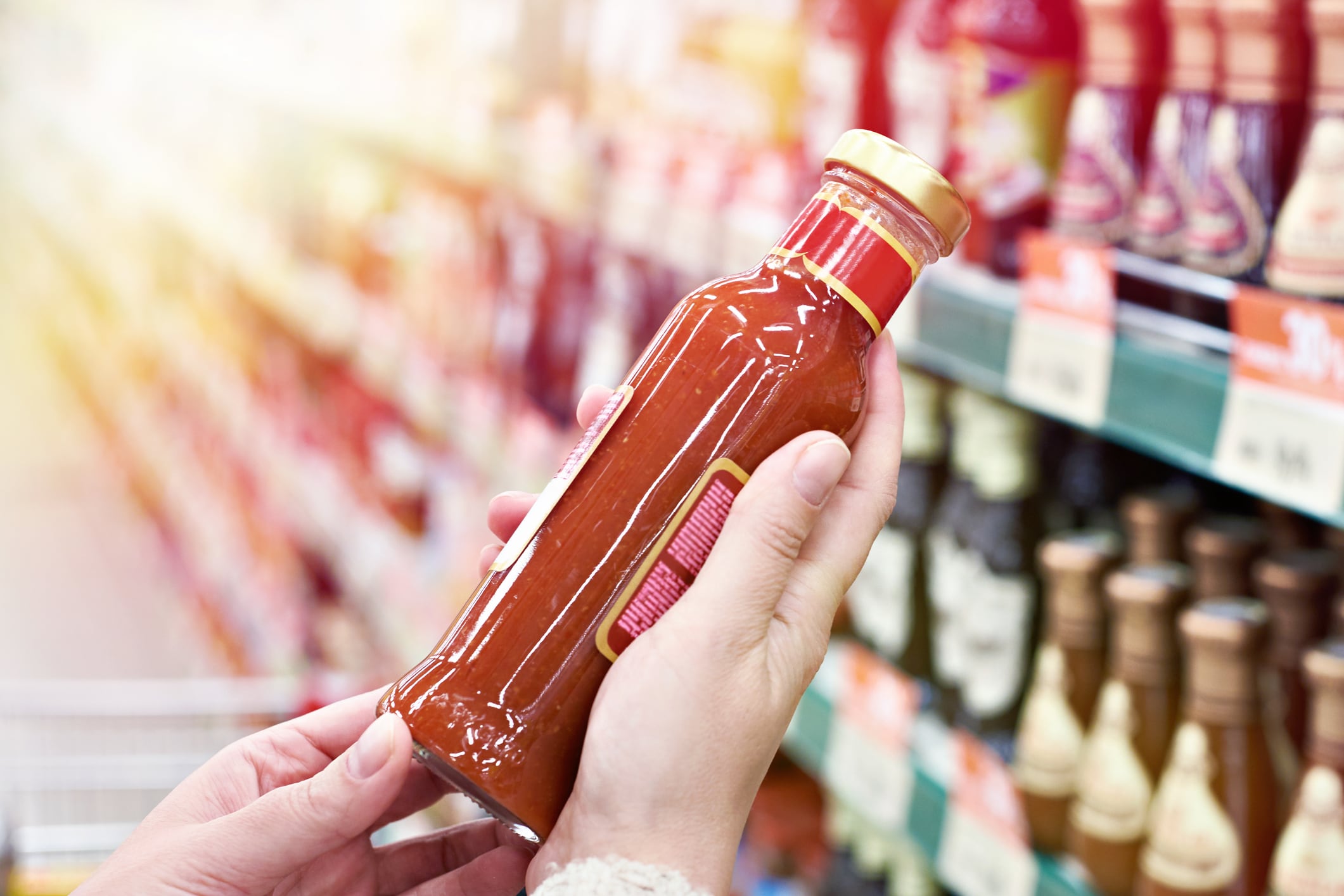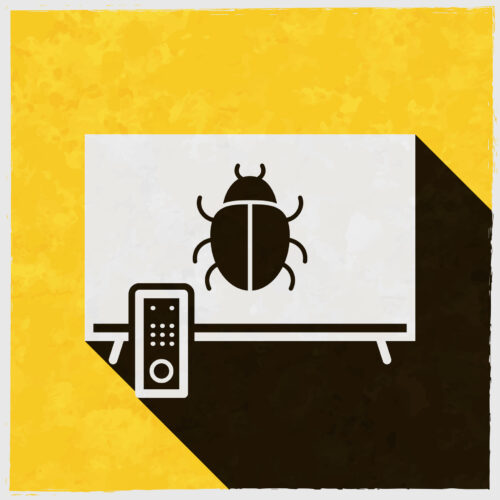Singapore to enforce stricter sodium and fat labelling by 2027

Singapore’s Ministry of Health (MOH) will extend its Nutri-Grade labelling and advertising rules to cover sodium and saturated fat in retail food products sold at supermarkets, convenience stores, and online platforms.
This regulatory change is especially significant for firms across the Asia-Pacific region, given its role as a strategic trade gateway into South East Asia and broader Asian markets.
The move is closely aligned with global trends towards healthier diets, targeting chronic diseases like hypertension and high cholesterol, which are growing health concerns across Asia.
Key changes to note
From 2027, Nutri-Grade labelling requirements will be extended to 23 sub-categories of prepacked salt, sauces, seasonings, instant noodles, and cooking oils (SSSIO) sold in retail settings.
These products must carry a grade – “A”, “B”, “C”, or “D” – based on their content of nutrients of concern, as defined within each sub-category.
According to Singapore’s Health Promotion Board (HPB): “Products will be graded along the spectrum from the lowest (Grade A) to highest (Grade D) amounts of nutrients of concern, based on a differentiated grading system, which defines specific thresholds for each product sub-category.
“This grading system encourages reformulation within each product sub-category while preserving the diversity of SSSIO products.”
International firms, particularly those less familiar with Singapore’s regulatory landscape, will need to evaluate their products under the Nutri-Grade system. If necessary, labels must be affixed to packaging and included in advertising materials.
“If the products have a Nutri-Grade grading of “A” or “B”, overseas manufacturers may also wish to capitalise on the desirable rating and feature the Nutri-Grade label on their products and in advertisements,” said Lim Ren Jun, Principal at regulatory law firm Baker McKenzie Wong & Leow.
Labelling and advertising requirements
The new changes will also affect product labelling and advertising for food and beverage products.
In terms of labelling, all products graded “C” or “D” available on supermarket shelves or listed on online platforms must now carry a front-of-pack Nutri-Grade label. Labelling for “A” and “B” graded products is optional.
In terms of advertising rules, all products graded “D” are prohibited from any form of advertisement across both physical and online platforms. For products graded “C”. advertising is permitted but must include the Nutri-Grade label on-pack and across all promotional materials.
Advertisements for a generic brand family that do not feature specific products are not subject to the prohibition.
Specific penalties have yet to be announced but non-compliance is expected to attract financial penalties.
“Commercially, companies may not only face regulatory penalties but potentially adverse publicity, whether because of press releases from authorities or when members of the public publicise cases of non-compliance,” said Jonathan Teo, Associate at Baker McKenzie Wong & Leow.
Impact on food trade and importers
MOH and HPB also published a document detailing the key concerns raised by industry stakeholders.
Key concerns raised included costs of complying with the new rules and creating unfair market advantage for larger global corporations.
“Some respondents said that it was challenging to reformulate and create unique packaging for imported products for the Singapore market only, as most products are supplied to several countries in the region, some of which may not accept the Nutri-Grade labels,” the MOH-HPB document stated.
“This may inadvertently create an unfair market advantage for large multinational corporations. Also, the alternative of using sticker labels would increase cost and be time-consuming.”
Stakeholders also flagged labour constraints and technical difficulties in determining the nutritional content of imported goods, particularly in light of regional inconsistencies in labelling requirements.
For example, some European markets require sodium to be listed as “salt” in Nutrition Information Panels (NIPs).
In response, MOH-HPB clarified: “We recommend that ‘sodium’ content be declared instead of ‘salt’ in the NIP to facilitate ease of comparison for consumers.”
They also advised that nutrient values be declared per 100g as sold, with optional supplementary information on the product as prepared.
Balancing public health and trade
From a regulatory perspective, the Nutri-Grade system is a targeted public health tool with proven impact within the sugar-sweetened beverages industry.
“The Nutri-Grade labelling requirements have been tested and proven to shift consumer demand and spur industry reformulation, with demonstrable statistics on how such requirements in respect of sugared beverages have resulted in an increased sale of healthier beverages,” said Lim.
Therefore, extending Nutri-Grade to cover sodium and saturated fat may serve as a global example for tackling chronic diseases driven by dietary risk factors.
Aligning with Singapore’s regulatory standards could also offer strategic advantages. Singapore’s central location and robust regulatory framework position it as a launchpad into broader Asian markets.
These measures were finalised after public consultations conducted last year. More than 7,000 stakeholders – including importers, distributors, manufacturers, retailers, and advertisers – were engaged during the process.











